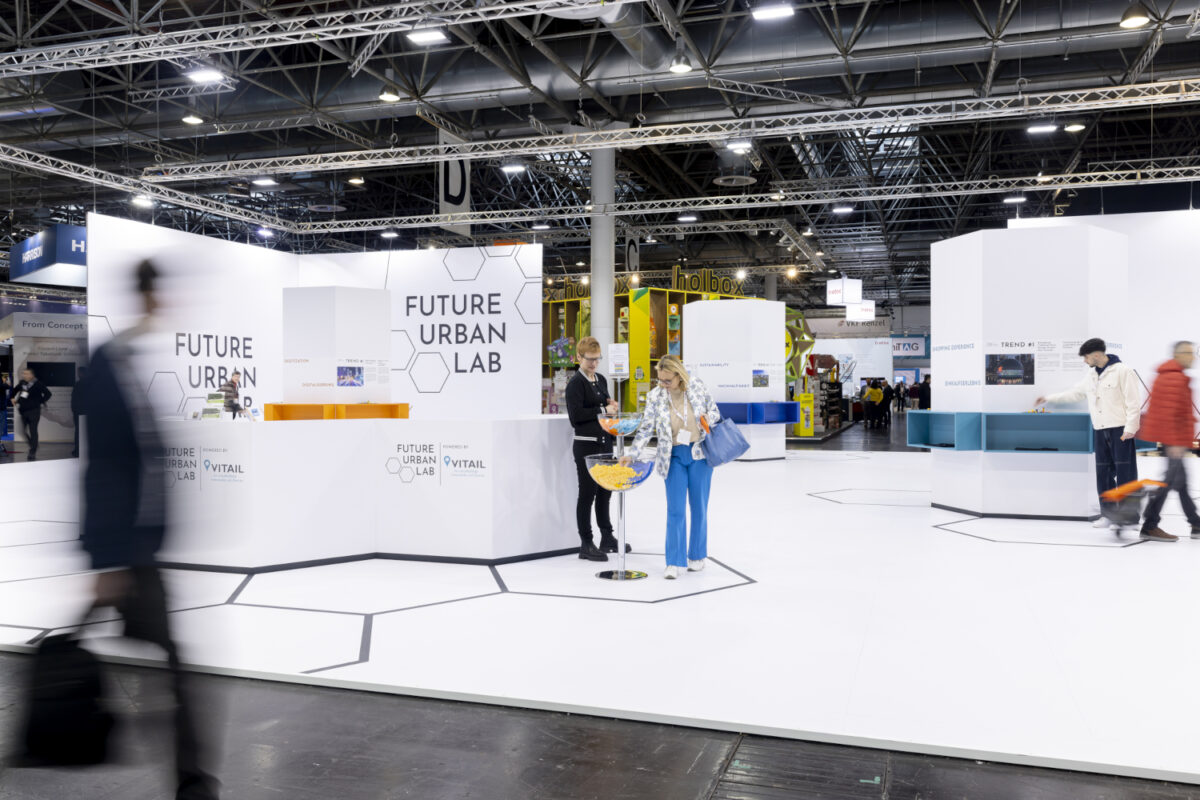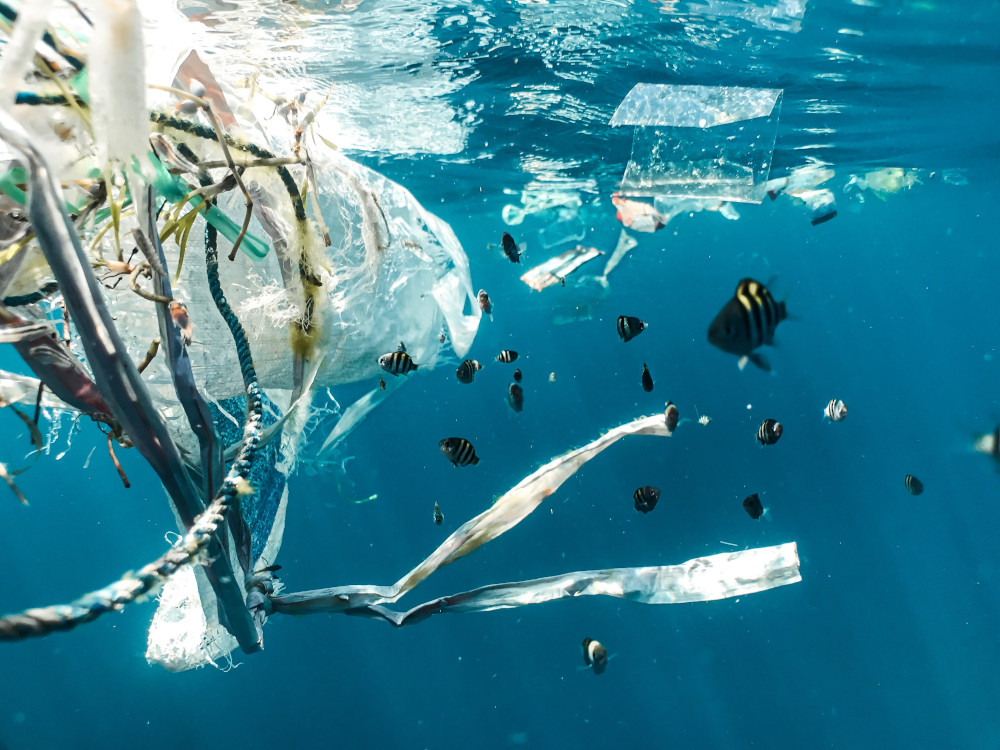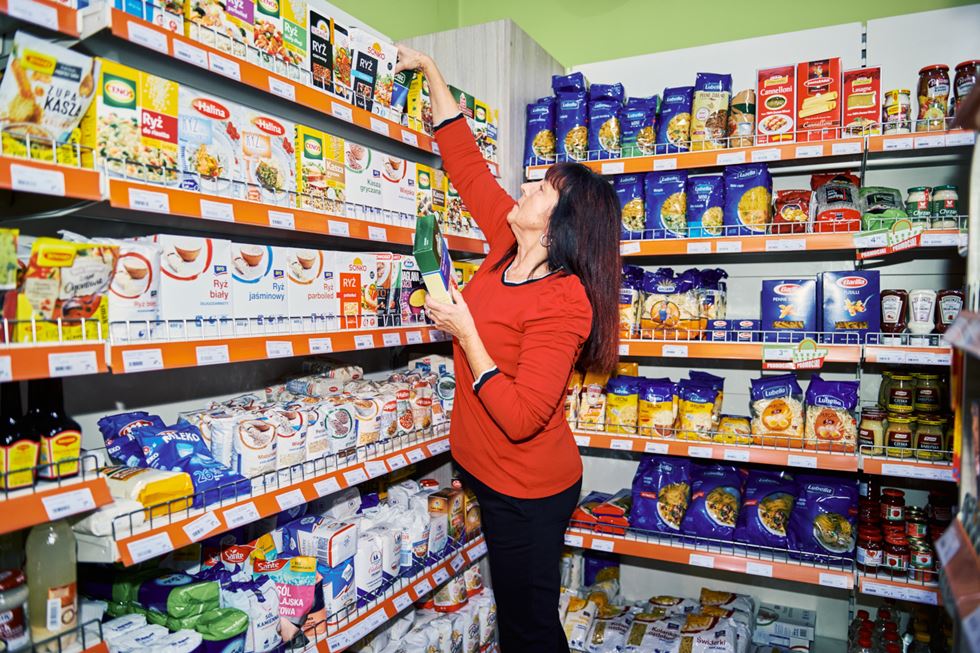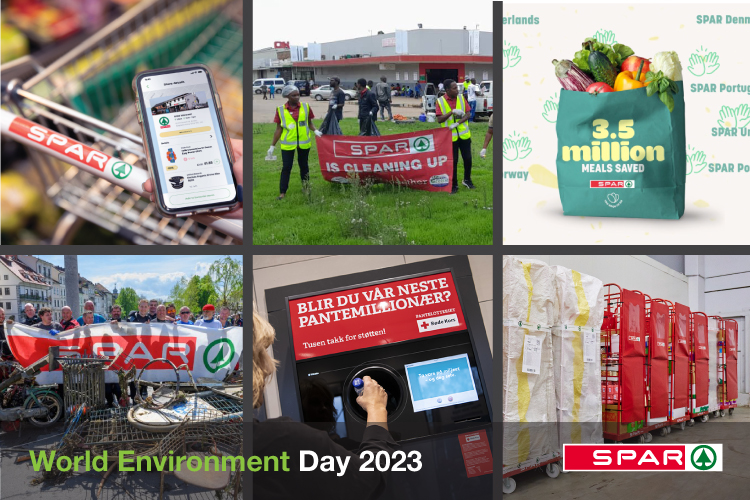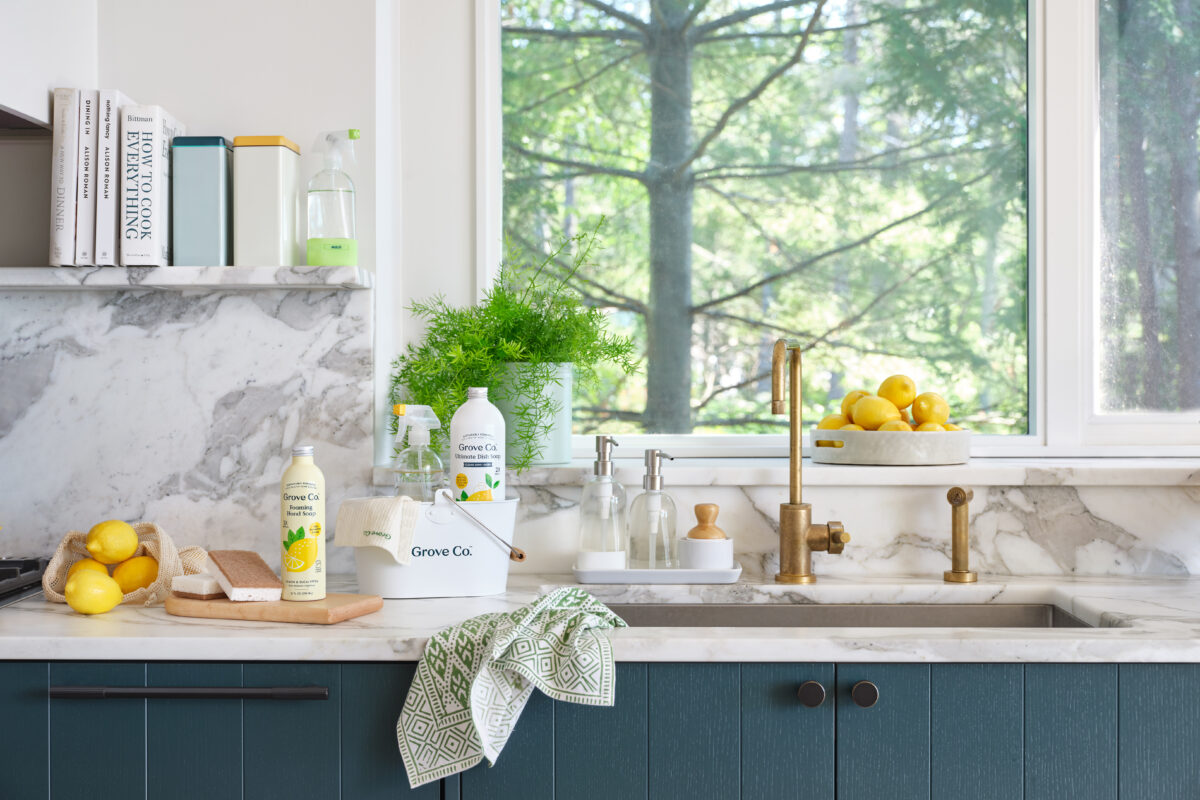Display mannequin manufacturers have not only been creative in terms of design. Resource-saving operations have also ranked very high on their agendas for years. There has been in-depth research in developing materials and processes and plastics continue to play a leading role.
Fashion retail without display mannequins would not be the same, they are the eye-catchers when window shopping, provide sales-promoting stimuli and make brand statements. Their designers view themselves as artists rather than suppliers to the fashion sector. But which materials are used to manufacture display mannequins to start with?
Glass fibre has proven its worth
The selection of materials is determined by the target group to be addressed and the price level to be targeted. The “traditional” portfolio of materials ranges from glass-fibre reinforced plastics, polyurethane, ABS and blown polystyrene to polyethylene, polypropylene and paper mâché. Susanne Oelmann, Managing Director of Brigitte Oelmann, the exclusive representative of Italian mannequin specialist Bonaveri in Germany, summarises the various uses with examples: “For major campaigns mannequins in polyethylene are a suitable option being comparatively low-cost. For small series with high demands made on individuality producers give preference to fibre glass.” Dr. Josef Moch, Managing Director of the German company Moch-Figuren, who visits the K trade fair regularly to learn about new manufacturing methods, moulding techniques and materials, explains: “Our mannequins stand out because they are easily adaptable to trends. This means they are easy-to-handle and we can change production moulds like those for fibre glass. Around the globe the glass fibre mats – usually soaked with polyester resin – are manually placed in the mould and allowed to cure there. Other materials such as PP, PS or ABS require more sophisticated production moulds, made of metal most of the time.”
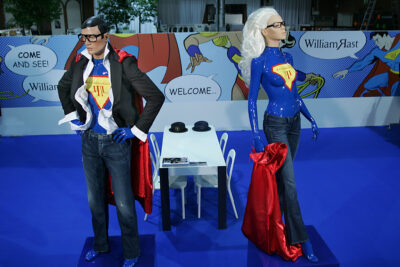
“Superheroes” by Domagoj Mrsic, © Messe Düsseldorf
Alluding to the sustainability debate, which is also very intense in this sector and not always produces unambiguous results in view of its complexity, Andreas Gesswein, CEO of Genesis Display, also Germany, says: “Glass fibre has received some unfair criticism here after manufacturing was done illegally in some parts of the world and at times under disastrous conditions without protecting the employees.” Genesis Display has put the materials and processes to the test in a concerted effort with the Fraunhofer Institute. “In the final analysis these tests confirmed that glass fibre – when properly processed – is still the best composite in combination with organic resin.” Dr. Josef Moch refers to the fact that “fibre glass is completely recyclable now; it is shredded and its granulate used in cement production to improve the ecological footprint.”
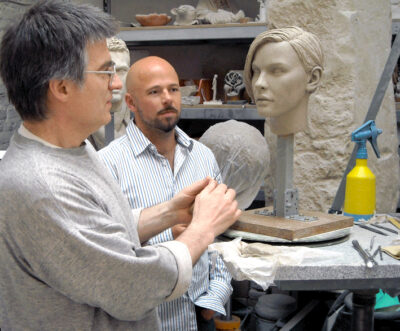
Mannequin Design – a true art, © Atelier Moch
Nevertheless, Moch-Figuren is working on “a reduction of material consumption by using higher-quality resins with more elasticity. This makes it possible to reduce wall thicknesses”. Genesis Display produces its mannequins with almost 50% organic resin admixture today. Andreas Gesswein points out: “We were the first producers worldwide to cooperate with DuPont Tate & Lyle BioProducts to use an organic resin from maize plant residuals not fit for animal feed.” Tests have already been carried out and productions run with natural fibres such as coconut, hemp, cotton, sisal, bamboo and flax. “With viscose fibres and recycled polyester fibres as glass fibre alternatives we have produced especially positive results.” At Hans Boodt Mannequins from the Netherlands an organic composite material comprising 53% organic resin and 12% fibre glass is already considered the standard today. In part the fibre glass admixture is replaced by jute and the like here, too.
With an eye on the complete life cycle
Bonaveri commissioned the Technical University of Milan to carry out a lifecycle analysis for its complete display mannequin production. “It became clear here that the base material is of the highest relevance for the environment.” This is why in just under four years of research time the bio-based “BPlast” polymer was developed, of which 70% consists of a certified cane sugar derivative and which is completely bio-degradable. “With a view to the total lifecycle we managed to improve the CO2-footprint by 25.72%,” delights Susanne Oelmann and announces: “Bonaveri will continue doing research in bio-degradable plastics.” In contrast to this, Dr. Josef Moch rejects the use of organic plastics. With reference to publications of renowned organisations he sees risks associated with nutrient cycles, ground water and soil. But he also approves of Susanne Oelmann’s sentence: “Plastics have been and will remain the material of choice for mass production.”

Bonaveri Eco Mannequin_SKY lr by Armin Zogbaum, © Bonaveri
This view is also shared at Hans Boodt where developers break new ground time and again, working with granulates from footwear production or experimenting with coffee grounds. For polyester they established a closed-loop system. The shredded material is used for manufacturing new mannequins 1:1. Hans Boodt takes back his mannequins as a matter of principle and has established both an “End of Life” and a “Second Life Program”. Moch-Figuren has given a second life to thousands of second-hand mannequins with facelifts and new paint.
For the future, Genesis Display also bets on such new technologies as 3D scanning, 3D sculpting and 3D printing. At Hans Boodt’s company samples and smaller orders are already handled by 3D printing. However, Cornel Klugmann, Country Manager for the D-A-CH region, sees a particularly high sustainability potential in “producing locally, with short transport routes, i.e. in establishing manufacturing sites all over the world and also sourcing the raw materials locally if possible.” China is still the major producer country but the long way to Europe by ship goes hand in hand with high CO2 emissions. This is why we cooperate with manufacturing sites in Europe, South America and Asia.”
Author: Stefanie Hütz









